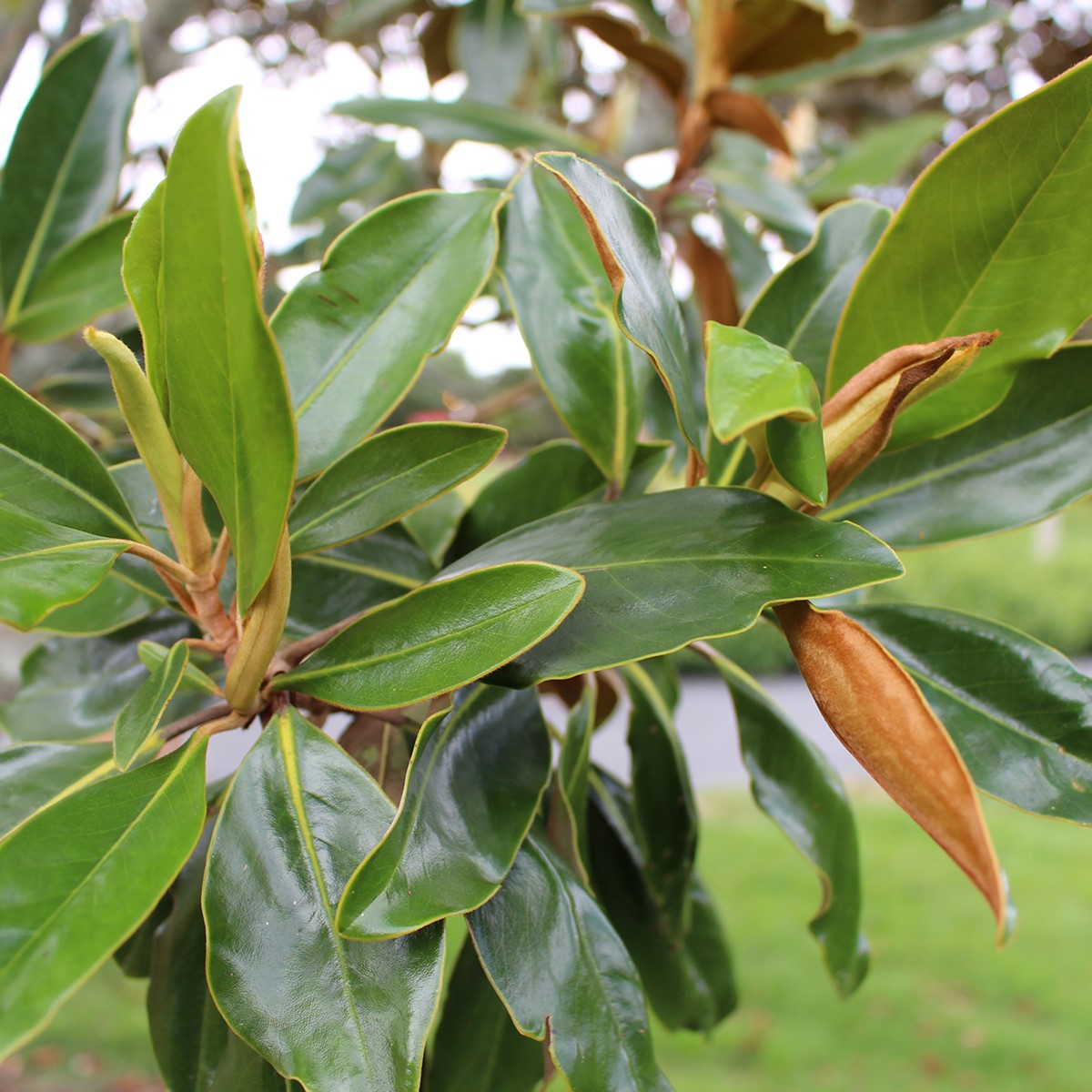Physical characteristics
A small rounded
Flowers and foliage
Small fragrant lilac-rose pea-like flowers bloom in winter.
Flowers are followed by unusal swollen seed pods.
Preferred site
Performs best in
Preparation for planting
Always choose healthy well grown
Before planting ensure the root ball is saturated and remove the planter bag or pot with minimal root disturbance. Trim any broken roots and plant at the same level as in the container. Dig a hole twice the diameter of the root ball and firm in and water once planted. Make sure
Maintenance tips
Mulching
The first summer and autumn after planting is critical for young
Pruning can be carried out after flowering.
Ecological and biodiversity benefits
Attracts insects, bees and butterflies.
Pests and diseases
Generally free of
Location at Auckland Botanic Gardens
African Garden
Interesting facts and tips
It occurs on sandstone and granite outcrops below 500 m from Saldanha Bay to the Cape Peninsula. It is also commonly found on sandy flats and hillsides. It does not tolerate frost and does best with winter rainfall. It was David Nelson a botanist who sailed with Captain Cook who introduced this plant to British gardens. Common characteristics are simple alternate leaves and



.jpg?anchor=center&mode=crop&width=1200&height=1200&rnd=131732822304530000)

.jpg?anchor=center&mode=crop&width=1200&height=1200&rnd=132106949760530000)
 .jpg?anchor=center&mode=crop&width=1200&height=1200&rnd=131732822977030000)